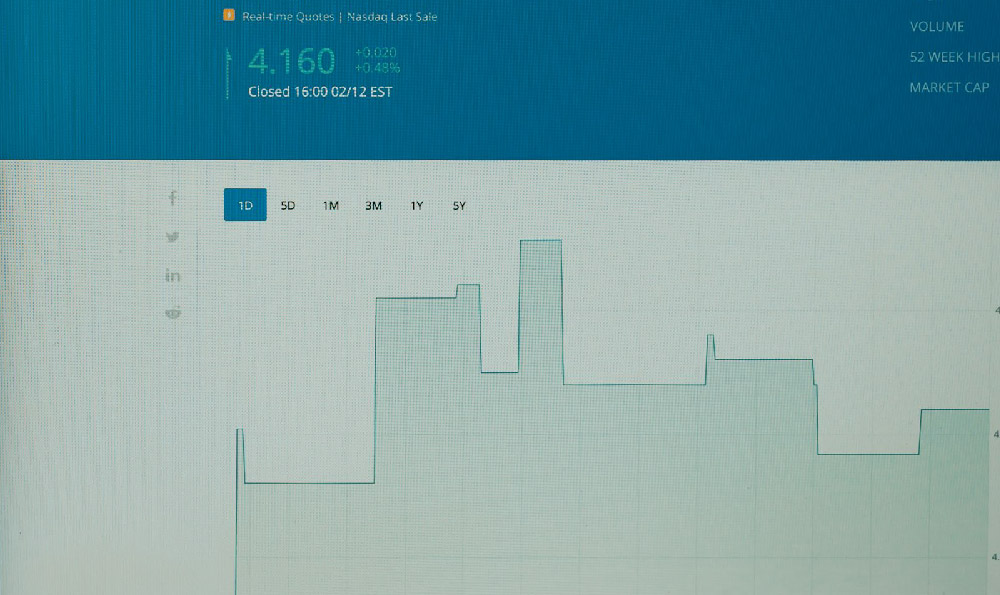Investing in Investment Funds: What & How?
Investing in Investment Funds: Navigating the World of Pooled Investments
The world of finance can appear daunting, especially when considering the multitude of investment options available. Among these, investment funds, often known as mutual funds or unit trusts, stand out as a popular choice for both seasoned investors and those just starting their financial journey. Understanding what investment funds are and how to navigate them effectively is crucial for building a diversified and potentially profitable portfolio.
What are Investment Funds?

At their core, investment funds are a pooled collection of money from numerous investors, managed by a professional fund manager. This pooled capital is then strategically invested across a range of assets, such as stocks, bonds, real estate, or even commodities. The fund's objective is to generate returns for its investors, typically in the form of capital appreciation (an increase in the value of the underlying assets) or income (through dividends or interest payments).
The appeal of investment funds lies in several key advantages. Firstly, they offer diversification. Instead of putting all your eggs in one basket, you're spreading your investment across a wider array of assets. This diversification reduces risk, as the performance of one asset has less impact on the overall portfolio. Secondly, they provide professional management. Fund managers are experienced and knowledgeable professionals who dedicate their time to researching market trends, analyzing financial data, and making informed investment decisions. This relieves individual investors of the burden of constantly monitoring and managing their investments. Finally, investment funds offer liquidity. Most funds allow investors to buy or sell their shares or units relatively easily, providing access to your capital when needed.
Types of Investment Funds: A Broad Spectrum
The world of investment funds is incredibly diverse, with funds catering to a wide range of investment goals, risk tolerances, and time horizons. Here are some of the most common types:
-
Equity Funds (Stock Funds): These funds primarily invest in stocks or shares of publicly traded companies. They are generally considered higher-risk, higher-reward investments, suitable for investors with a longer time horizon and a greater tolerance for market volatility. Within equity funds, there are further subcategories, such as growth funds (focused on companies with high growth potential), value funds (focused on undervalued companies), and dividend funds (focused on companies that pay regular dividends).
-
Bond Funds (Fixed Income Funds): These funds invest primarily in bonds, which are debt securities issued by governments or corporations. Bond funds are generally considered lower-risk than equity funds, offering a more stable income stream. However, their potential for capital appreciation is also typically lower.
-
Balanced Funds (Hybrid Funds): These funds invest in a mix of stocks and bonds, aiming to provide a balance between growth and income. They are a popular choice for investors who want to diversify their portfolio without having to manage multiple separate funds. The allocation between stocks and bonds can vary depending on the fund's specific objectives.
-
Money Market Funds: These funds invest in short-term, low-risk debt securities, such as Treasury bills and commercial paper. They are designed to provide a safe and liquid place to park your cash, offering a slightly higher return than a traditional savings account.
-
Index Funds: These funds aim to replicate the performance of a specific market index, such as the S&P 500. They are passively managed, meaning the fund manager doesn't actively try to outperform the index. Index funds are typically low-cost and offer broad market exposure.
-
Sector Funds: These funds focus on investing in companies within a specific sector of the economy, such as technology, healthcare, or energy. They can offer higher potential returns, but also carry higher risks due to their lack of diversification.
How to Invest in Investment Funds: A Step-by-Step Guide
Investing in investment funds is a relatively straightforward process, but it's essential to do your research and understand the different options available. Here's a step-by-step guide:
-
Define Your Investment Goals: What are you hoping to achieve with your investments? Are you saving for retirement, a down payment on a house, or your children's education? Your investment goals will help determine the appropriate types of funds to consider.
-
Assess Your Risk Tolerance: How comfortable are you with the possibility of losing money on your investments? Your risk tolerance will help you determine the appropriate allocation between stocks and bonds.
-
Research Different Funds: Use online resources, financial publications, and fund prospectuses to research different funds that align with your investment goals and risk tolerance. Pay attention to the fund's investment strategy, performance history, expense ratio, and fund manager.
-
Choose a Fund Provider: You can invest in investment funds through a variety of providers, including brokerage firms, mutual fund companies, and online platforms. Compare the fees, services, and investment options offered by different providers.
-
Open an Account: Once you've chosen a fund provider, you'll need to open an account. This typically involves filling out an application and providing some basic personal information.
-
Fund Your Account: You can fund your account by transferring money from your bank account or by rolling over funds from another investment account.
-
Purchase Fund Shares: Once your account is funded, you can purchase shares of the fund you've chosen. You can typically do this online, by phone, or by mail.
-
Monitor Your Investments: Regularly monitor the performance of your investment funds and make adjustments to your portfolio as needed.
Potential Risks and Considerations
While investment funds offer several advantages, it's important to be aware of the potential risks involved. These include:
-
Market Risk: The value of the fund's underlying assets can fluctuate due to market conditions.
-
Interest Rate Risk: Changes in interest rates can affect the value of bond funds.
-
Inflation Risk: Inflation can erode the purchasing power of your investment returns.
-
Management Risk: The fund manager's decisions can impact the fund's performance.
-
Expense Ratios: These are fees charged by the fund to cover its operating expenses. High expense ratios can eat into your returns.
Due diligence and prudent planning
Investing in investment funds can be a powerful way to achieve your financial goals. However, it's essential to do your research, understand the different types of funds available, and carefully consider your investment goals, risk tolerance, and time horizon. Remember to regularly monitor your investments and make adjustments to your portfolio as needed. By taking a thoughtful and informed approach, you can increase your chances of success in the world of investment funds. Before making any investment decisions, consider consulting with a qualified financial advisor.















